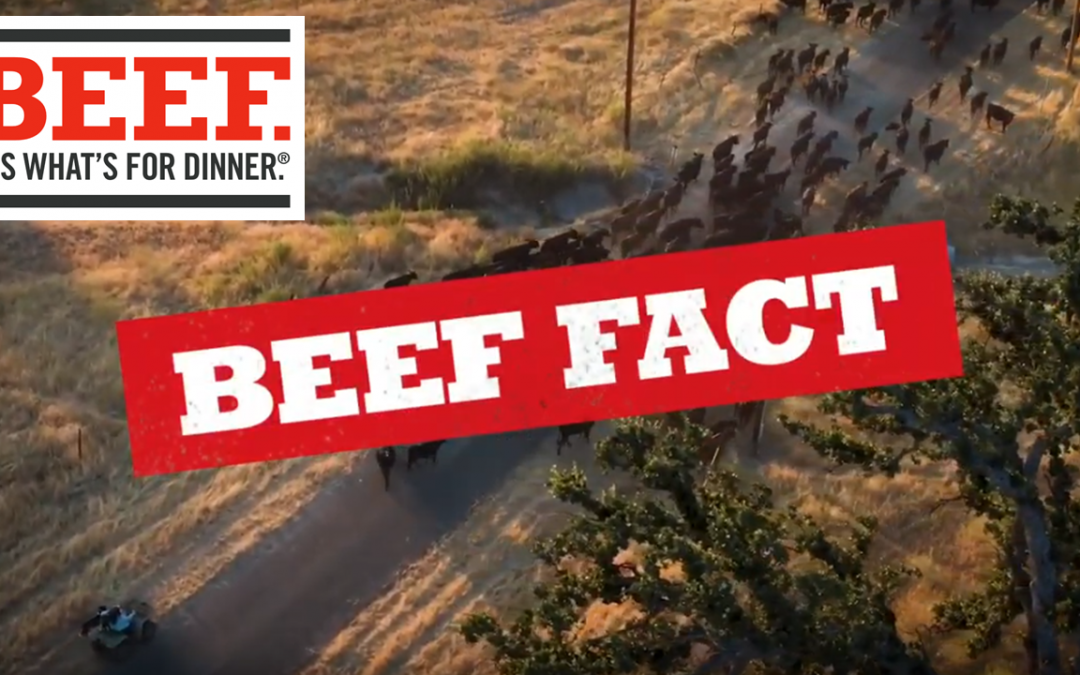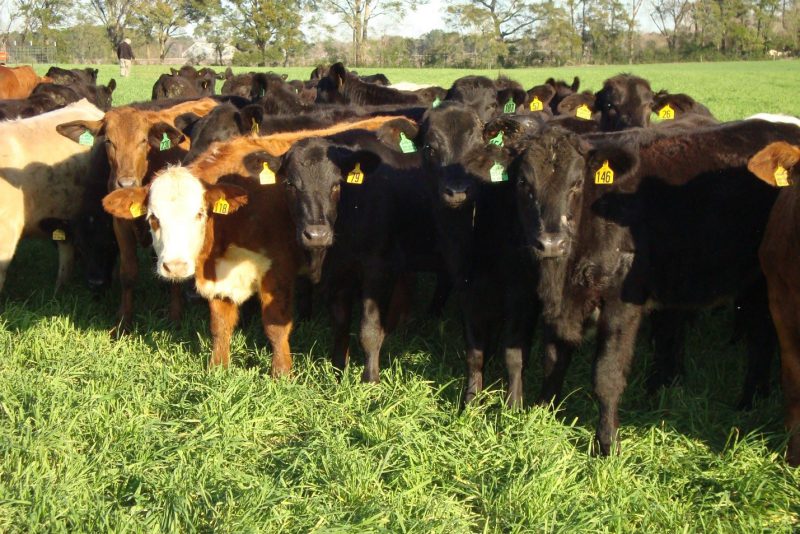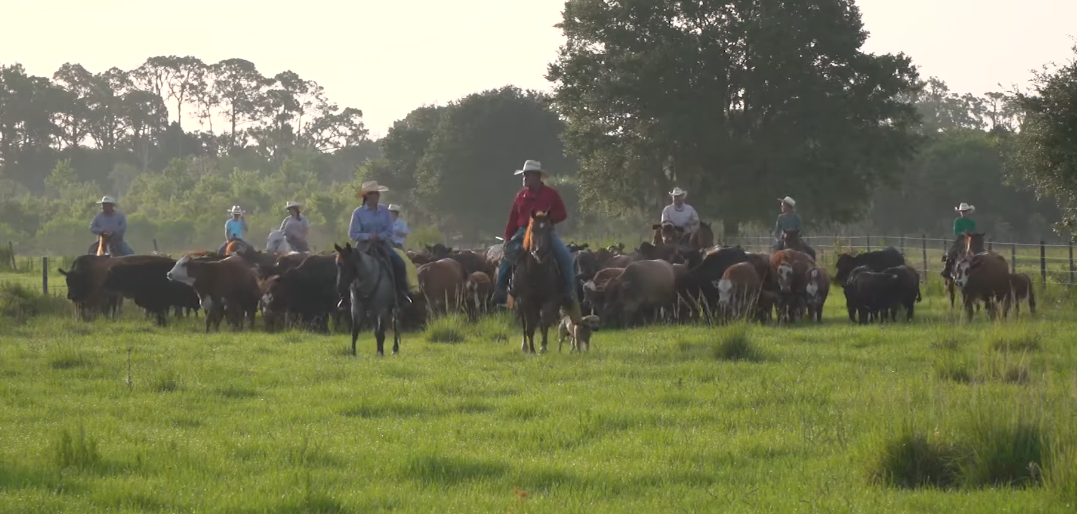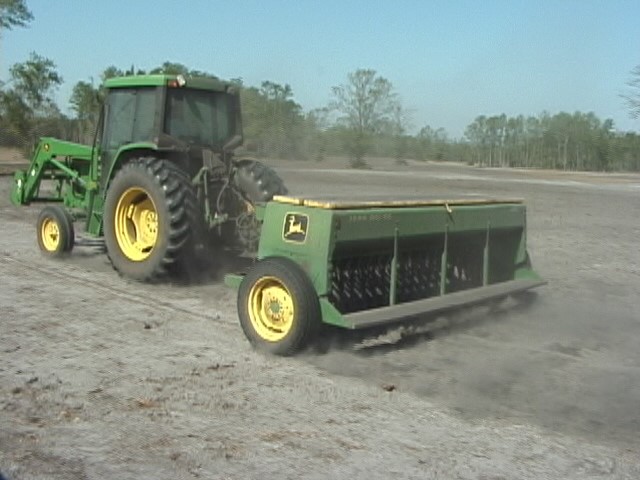
by Doug Mayo | Apr 24, 2020
This week’s featured videos came from a new new series published by the National Cattleman’s Beef Association (NCBA) as part of their Beef It’s Whats for Dinner Campaign. The new series of videos called, “Real Facts About Real Beef,” was...

by Stephen Greer | Apr 17, 2020
Stephen Greer, County Extension Director, UF/IFAS Extension Santa Rosa County Agroforestry comes in many forms where trees, the primary crop, are managed in combination with other crops and/or animals to create a more diverse agriculture community with the potential...

by Chris Prevatt | Mar 13, 2020
– As the U.S. cattle industry turns the corner of this cattle cycle producers have begun asking the question, “How much should I pay for a bred replacement heifer this year?” This is indeed a tough question to answer because cow-calf producers and their...

by Doug Mayo | Mar 6, 2020
The National Cattlemen’s Beef Association (NCBA) recognized Blackbeard’s Ranch in Myakka, Florida, as the winner of the 2019 Environmental Stewardship Award Program (ESAP). The award was presented at the 2020 Cattle Industry Convention and NCBA Trade Show in San...

by Doug Mayo | Feb 21, 2020
– I have received a number of calls recently with questions about pasture planting. There are a number of reasons to plant or re-plant pastures, whether you are converting crop or timber land to pasture, renovating a field that had been overtaken by weeds, or...







